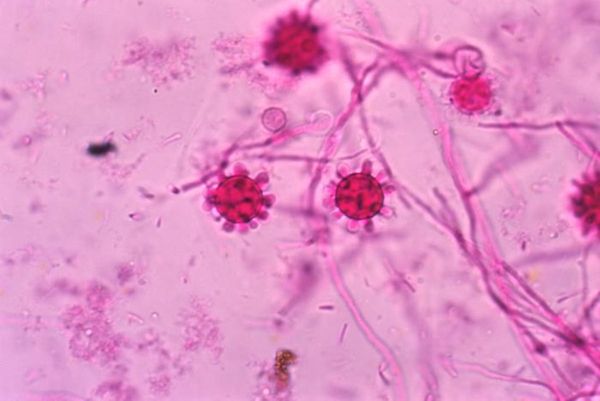
Yoko Ono, the Japanese-American artist, is being celebrated in a major exhibition at the Tate Modern gallery in London. The comprehensive show spans seven decades of Ono's artwork and includes over 200 pieces, ranging from film and music to paintings, drawings, and sculptures. This exhibition aims to highlight Ono's artistic journey and achievements both before and after her marriage to John Lennon, shedding light on her significant contributions to conceptual art.
The exhibition begins by exploring Ono's early years in 1950s and 1960s New York. During this time, her apartment became a gathering place for bohemian artists, allowing her to immerse herself in the avant-garde art scene. It was in Japan, however, that she truly emerged as an influential figure by bridging the gap between artists from the East and the West.
Moving on to London, the exhibition illuminates Ono's encounters with the movers and shakers of the Swinging Sixties counterculture. It was in the capital city that Ono and Lennon's paths crossed fatefully, when he attended one of her gallery shows. This meeting would eventually lead to their partnership and collaboration on various artistic and peace-protest endeavors.










Ono's art has always been interactive, long before interactivity became a popular trend in the art world. As early as 1964, she engaged gallery visitors with her groundbreaking performance piece 'Cut Piece,' in which she gave scissors to the audience and invited them to cut away at her clothes. The exhibition at the Tate Modern carries this tradition of interactivity, allowing visitors to stomp on artwork, hammer nails into canvases, trace their shadows on walls, shake hands through holes, and play chess on a set with all-white pieces, symbolizing a pursuit of peace rather than victory.
A prominent feature of Ono's work is her use of 'instructions' pieces, which she started creating in the 1950s. These instructions, displayed on bits of paper lining the gallery walls, offer enigmatic and thought-provoking prompts. Some of these instructions may even contain a touch of humor, such as 'Imagine letting a goldfish swim across the sky... Drink a liter of water.' They invite visitors to contemplate and engage with their own interpretation of the instructions.
In addition to her thought-provoking and interactive artwork, Ono's exhibition displays her cheeky humor. For instance, 'Film No. 4 (Bottoms)' is a montage of 200 posteriors, which was banned in 1960s Britain. Accompanying this piece are photographs of Ono protesting outside the censor board with a bouquet of flowers and a poster adorned with bums. These playful and rebellious gestures highlight her ability to challenge societal norms through her art.
While Ono's marriage to Lennon undoubtedly brought her global fame, it also placed her in the unwelcome role of the woman accused of breaking up The Beatles. However, the exhibition at the Tate Modern acknowledges their collaboration and showcases the couple's joint efforts in spreading messages of peace. Visitors can view their iconic 'War is Over' billboard, footage from their renowned 1969 Montreal bed-in, and the gesture of sending acorns to world leaders, urging them to plant trees for world peace. The responses from politicians to this unusual request are also on display, offering a glimpse into the impact of their peace activism.
Despite facing sexist and racist criticism throughout her career, Ono has continued to create art that embodies humanism and yearns for peace. In the final rooms of the exhibition, visitors are invited to participate in 'Wish Trees' by hanging messages of hope on tree branches. The exhibition concludes with 'Add Color (Refugee Boat),' a powerful installation featuring a wooden boat painted white in a white-walled room. Visitors are encouraged to leave their marks on the boat, adding words or images. Already, numerous individuals have written the timeless phrase, 'All you need is love.'
The exhibition, titled 'Yoko Ono: Music of the Mind,' commences this week and will run until September 1 at the Tate Modern in London. It presents a rare opportunity to explore the diverse and influential artistic journey of Yoko Ono, highlighting her role as a pioneer of conceptual art and her unwavering dedication to peace. Whether visitors wish to engage, reflect, or simply appreciate Ono's artistry, this exhibition promises to be an immersive and thought-provoking experience.







